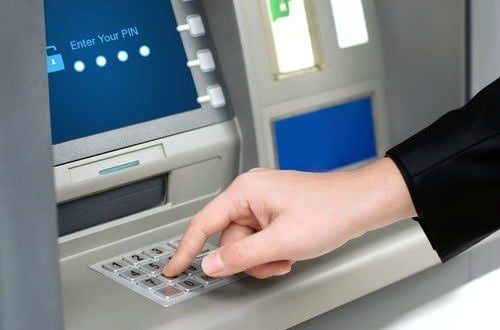RinggitPlus
11th May 2017 - 4 min read
If you are new to the workforce, there’s a chance that you’re still in the dark about what Employee Provident Fund (EPF) account is and what it means for your financials. Let’s get to it and learn more about the main retirement account in Malaysia!

What Is the EPF?
You probably already know this but – just in case you didn’t, EPF is essentially a retirement savings account for employees of the private and non-pensionable public sector. EPF members are made up of these employees and those who voluntarily choose to contribute as well.
The EPF agency collects contributions from employers at a rate of 13% for employees who receive wages of RM5,000 per month and below (and 12% for those earning above RM5,000 per month). Employees also have an option to contribute either 8% or 11% of their monthly wages. The contributions and dividends will be divided into two accounts; 70% goes into Account 1 and 30% into Account 2.
These contributions are mandatory for all employers and employees; it’s also an avenue for employers to provide structured benefits and to fulfil a moral obligation to their employees.
Registering as an EPF Member
Registration is automatic when the EPF receives the very first contribution in your name (based on your Identification Card details) from your employer. You can also register yourself via post or at the EPF counter with Form KWSP 3.
What you should do after you have an EPF number is to sign up for an online account with EPF (i-Akaun). With an online account, you can save yourself the trouble of making the trip to the EPF office for withdrawal requests, getting your current and past year EPF statements, as well as updating your correspondence details and nominations. All these account activities are available to perform online via i-Akaun.
Registering for the online account is simple; all you need to do is obtain the activation code from an EPF kiosk or counter and proceed to the login page on the EPF website to complete your registration, and presto, you’ll have your very own i-Akaun!
EPF Benefits You Should Know About
Apart from the account being a savings vehicle for retirement, you are also entitled to certain additional benefits. Here are four important ones, some of which you may not know about:
- Dividend Earnings – The EPF guarantees annual minimum dividend earnings of 2.5% – although the average is 5% to 6% for the past 10 years. At this rate, your savings are protected from inflation and builds rather healthily over the long-term.
- Death Benefit – The next of kin or dependent of EPF members may be given a death benefit of RM2,500 if members have not attained the age of 55 (subject to consideration and other conditions by EPF).
- Incapacitation Benefit – RM5,000 will be provided to eligible members who apply for Incapacitation Withdrawal and are unfit to work (subject to consideration and other conditions by EPF).
- Tax Exemptions – Your contributions are tax deductible up to a maximum of RM6,000 per year which is inclusive of your life insurance premium. In addition, dividend earnings from EPF investments are also free of tax.

Can You Make Withdrawals?
You can make withdrawals, but only for specific purposes outlined by the agency. For instance, you may withdraw a portion to perform Hajj, invest in unit trusts, pay for your education, pay down your home loan, fund your medical expenses, or buy property or build a house.
At age 50 to 54, you may withdraw some or all the funds from Account 2. You may also fully withdraw your account if you plan to leave the country or when you reach the age of 55.
Read Also: Everything You Need To Know About EPF Investment Schemes
Making Voluntary Contributions
If you are unemployed, you may still contribute to an EPF account and enjoy the benefits (subject to terms and conditions). Those who are self-employed, a domestic servant, retired worker or “person not defined as an employee in the EPF Act 1991” may sign up for self-contributions. You can contribute as little as RM50 per month to a maximum of RM60,000 per year.
Still, are EPF contributions the best way to save for retirement? Well, we’re leaning towards the affirmative. For one, whether you are employed or not, everyone needs retirement savings and with guaranteed returns from the EPF, you’ll always have something to fall back on.
Also, since your contributions are tax deductible, you can lessen the amount of taxes you pay each year.
Want to know what else you can do with your EPF savings? Then, check out our article about Should You Pay Off Your PTPTN Debt With Your EPF Money?
Have you ever withdrawn from your EPF account? Do you think it’s a good retirement savings idea? Let us know your thoughts and suggestions in the comment section below!










Comments (0)